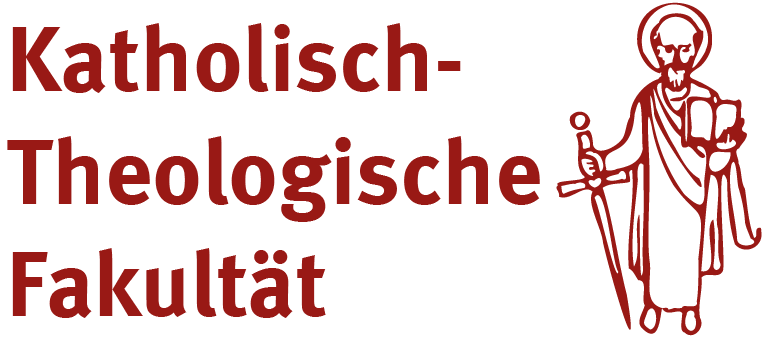
Subproject: Belonging then and now
The third-party funded project, which was launched in early January 2025 and is financed by the Alfred Landecker Foundation, aims to meticulously examine the aspect of belonging in the petitions addressed to Pope Pius XII by Jewish people in need as well as in all documents associated to these petitions. The findings are supposed to be adapted for didactic work and give answers to today’s pressing questions of identity and affiliation.
Church historian Prof Dr Hubert Wolf and his team have systematically searched the Vatican archives pertaining to the pontificate of Pius XII and identified around 10,000 petitions written by Jewish people, who expressed their deepest distress, asked for help or appealed to the Pope and the Roman Curia. The “Asking the Pope for Help” project, funded by the Foundation EVZ and the German Federal Foreign Office, is making these letters accessible to the general public in an online edition.
In their petitions, the persecuted people tell their life stories, many of which were previously unknown, and wrote about ostracization, persecution and systematic extermination. Such self-descriptions and attributions by others are covered by the broad research paradigm of Belonging. A term primarily used in political science and sociology, Belonging describes a feeling or a system of belonging(s), but is also associated with ostracization and even violence. It is obvious that this research paradigm has a particular significance for the time of the Shoah. In the petitions, the complexity of the question of belonging(s) emerges very clearly, since people of Jewish origin personally wrote to the Pope in situations of great need and not only expressed their concerns, but also their belonging, which was often determined by others and had caused their situation of persecution and distress.

The central aim of the project is to analyze the self-descriptions and attributions by others in the petitions and all associated documents, thereby exploring the diversity and complexity of Jewish affiliations. Methodologically, the content of the many petitions will be analyzed with the help of a system of categories. The results are complemented by an analysis of the Vatican’s dealing with and perception of Jewishness, thereby addressing a number of research questions on individual help for people of Jewish origin by the Vatican and the respective motives.
The system of categories will also help to identify exemplary fates, which will be fully reconstructed using sources from state or church archives. Christian Middendorf is responsible for this historical-theological part of the project. Working closely with him communication scientist Jana Haack will didactically prepare these individual fates for political education. For this purpose, digital formats such as digital storytelling, graphic novels and other innovative approaches will be used. These formats will then be presented on the “Asking the Pope for Help” homepage, thus finding their way into university teaching, teacher training and other fields.
In order to assess the efficacy of the material, an evaluation of the education materials before and after their use is indispensable from the very beginning. By measuring the attitudes and gain in knowledge about the Shoah it will become evident whether and under which circumstances education materials have an impact on topics such as the promotion of democracy, reflection on the perception of the self and others or on the remembrance of the Shoah. These findings also contribute to the further development of the material and serve to gain overarching insights into the use of historical sources in political education.
A central aim of the education material is to visualize multiple and fragmented (partial) affiliations as self-evident concepts of life. Correlating with the research paradigm of Belonging, the need of young people to develop their own identity is also taken into account. The material is supposed to create awareness, prevent exclusion and present diversity as something worth treasuring. These objectives, which at the same time are the central objectives of the entire sub-project, will also be constantly evaluated.
In the face of widespread anti-Semitism, especially among young people – as a recent survey by the World Jewish Congress in Germany showed, one in three 18-29-year-olds e.g., think anti-Semitically – the use of innovative digital concepts when approaching remembrance policy holds great hope.

